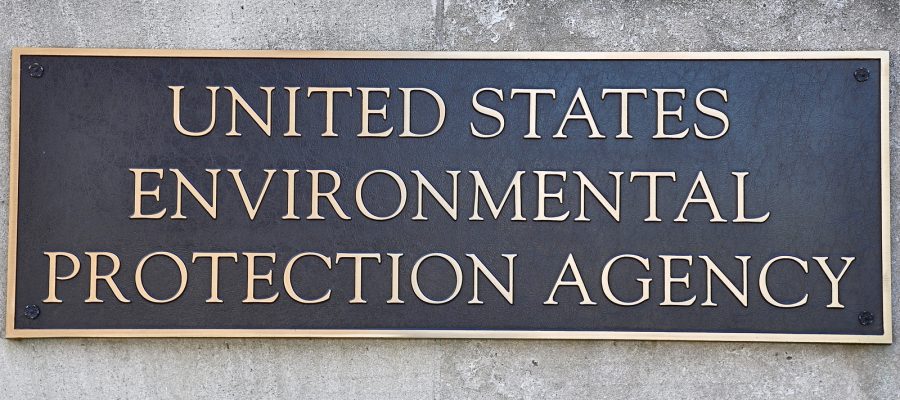As a mold inspector and assessor, we deal with mold and indoor air quality issues every day. One of our favorite places to go to keep up to date and for information is the U.S. Environmental Protection Agency (EPA). Occasionally the EPA offers free webinars with discussions which are open to professionals as well as the general public, but many don’t even know about them. Today, we are sharing with you a link to an upcoming webinar on a topic related to indoor air quality issues so that you can be more informed and up to date on these and related issues.
Webinar: What Have We Learned about the Microbiomes of Indoor Environments?
Thursday, September 22, 2016 11am-12pm with Q&A from 12-12:30pm
Here is what the EPA has to say about the upcoming webinar:
“Within the built environments, in the air, water, heating, ventilation, and air conditioning (HVAC) systems, and on surfaces, there exist a vast number and diversity of species of bacteria, viruses, fungi and protozoa. These microbial communities or “microbiomes” are influenced by interactions with humans, animals and plants. They are also affected by factors such as air flow, temperature, humidity, chemical exposures and building materials. These factors are in turn, shaped by the design, construction, operation and use of the built environments.
For a better understanding of microbiomes in the built environment and their impacts on human health, the US EPA along with NASA, NIH and the Alfred P. Sloan Foundation tasked the National Academies of Sciences, Engineering, and Medicine (NASEM) to convene a panel of experts to examine the formation and function of microbial communities in the built environment, their impact on human health, and how human occupants shape complex indoor microbes.
Dr. Brent Stephens, Associate Professor of Architectural Engineering at the Illinois Institute of Technology, presented a well-received overview of the current state of the science on microbiomes and the built environment to NAS’s microbiome consensus study panel of experts. Dr. Stephens has agreed to reprise (with some modifications) his overview as part of this webinar.”
We hope you enjoy this webinar, and make sure to come back to our blog for more information regarding indoor air quality and other related subjects.




